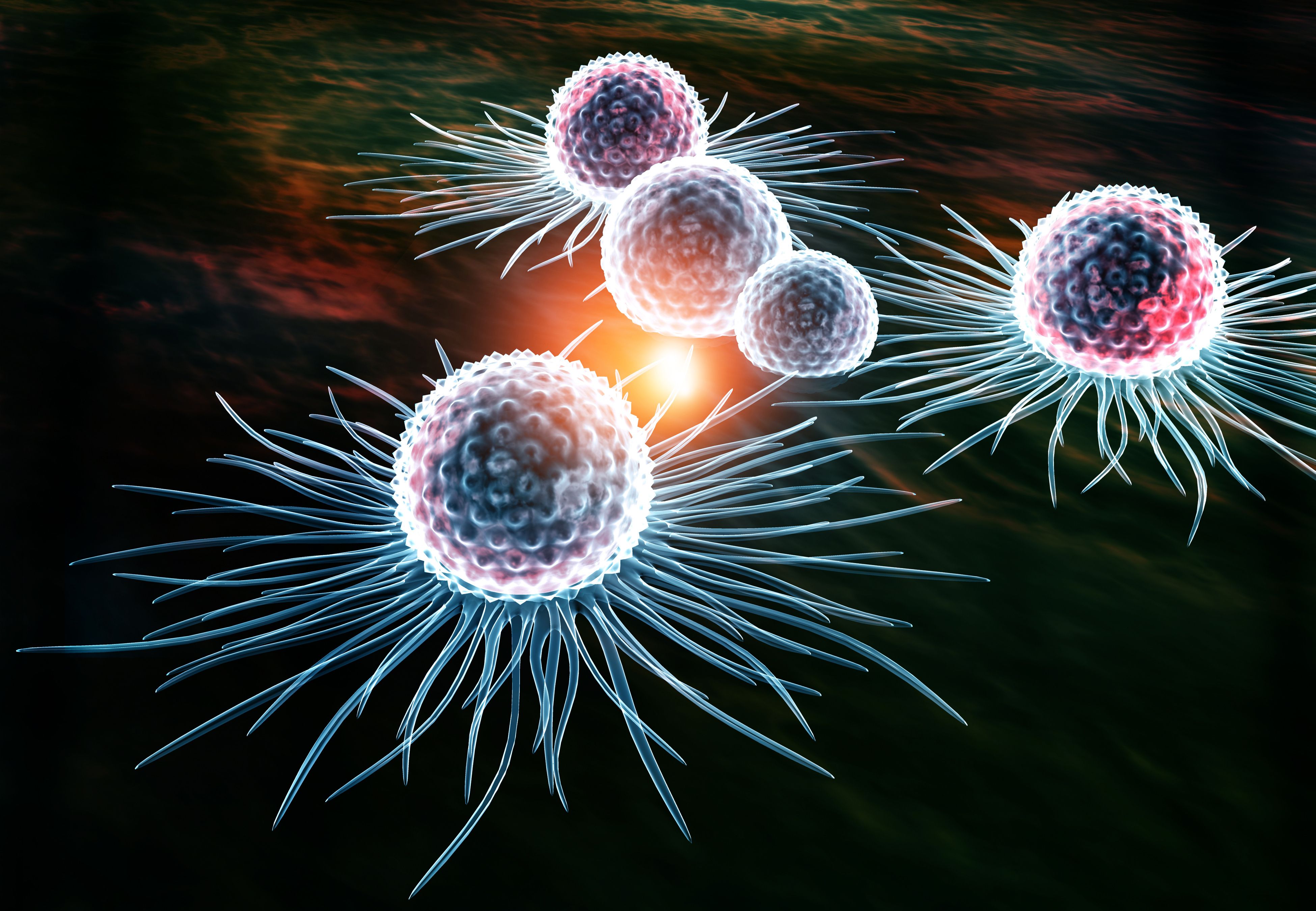CHMP Recommends Mirdametinib for EU Approval in Adult/Pediatric NF1-PN
The EMA’s CHMP has adopted a positive opinion for mirdametinib in patients with inoperable plexiform neurofibromas of neurofibromatosis type 1.
Results from the phase 2b ReNeu informed the CHMP's positive opinion of mirdametinib as a treatment in adult and pediatric patients with NF1-PN.

The European Medicine Agency’s (EMA) Committee for Medicinal Products for Human Use (CHMP) has recommended mirdametinib (Gomekli) for approval as a treatment for symptomatic, inoperable plexiform neurofibromas in pediatric and adult patients with neurofibromatosis type 1 (NF1-PN), according to a press release from the developer, SpringWorks Therapeutics.1
The European Commission is expected to make a final decision regarding the approval in the third quarter of 2025. Mirdametinib would be available in 1-mg and 2-mg capsules, and in a 1-mg dispersible tablet easily dissolvable in water, if approved. The agent will also be the first and only therapy in the EU with marketing authorization for adults and children with NF1-PN, if approved.
Previously, in February 2025, the FDA approved mirdametinib as a treatment for the same patient group.2
The CHMP’s decision was informed by a Marketing Authorization Application for mirdametinib validated by the EMA in August 2024. Supporting results came from the phase 2b ReNeu trial (NCT03962543) that evaluated the efficacy and safety of mirdametinib in patients 2 years and older with NF1-PN.3
Mirdametinib elicited a confirmed objective response rate (ORR), per blinded independent central review (BICR), of 41% (95% CI, 29%-55%) in adults; this value was greater than the predefined minimum clinically relevant response rate of 23% for adults (P <.001). Furthermore, 88% of the confirmed objective responses remained durable at 12 months, and 50% had a response for at least 24 months.1 The median best percentage change in target PN volume was –41% (range, –90% to 13%); 62% of adult patients with a confirmed objective response had a maximum reduction from baseline greater than 50%.
In pediatric patients, the ORR was 52% (95% CI, 38%-65%); this value was greater than the predefined minimum clinically relevant response rate of 20% for children (P <.001). Furthermore, 90% of the confirmed objective responses remained durable at 12 months, and 48% had a response for at least 24 months.1 The median best percentage change in target PN volume was –42% (range, –91% to 48%); 52% of pediatric patients with a confirmed objective response had a maximum reduction from baseline greater than 50%.
Additionally, both adult and pediatric patients experienced sustained improvements from baseline with regard to pain and quality of life as assessed with multiple patient-reported outcome tools.
“NF1-PN is a genetic disorder that can be highly morbid and unpredictable. It takes a significant physical and emotional toll on patients and their caregivers, and there have been limited treatment options available,” stated Ignacio Blanco, MD, PhD, chairman of the National Reference Center for Adult Patients with Neurofibromatosis at Hospital Universitari Germans Trias i Pujol, Spain, in the press release.1 “Surgical removal of plexiform neurofibromas can be challenging and is often not possible, so if approved, mirdametinib could be an important treatment option for children and adult patients in Europe.”
The trial enrolled a total of 58 adult patients (18 years or older) and 56 pediatric patients (between 2 and 17 years) with NF1-PN, all of whom received 2 mg/m2 of oral mirdametinib (maximum dose, 4 mg) via a capsule or tablet for oral suspension twice daily in 28-day cycles on an intermittent schedule of 3 weeks on, 1 week off.
The trial’s primary end point was confirmed ORR. Secondary end points included duration of response, pain response, and health-related quality of life; key exploratory end points were progression-free survival, change from baseline in target PN volume over time, and patient-reported change in overall status.
Regarding safety for adults, 98% experienced an adverse event deemed to be related to the study treatment. Common treatment-related AEs (TRAEs) were dermatitis acneiform (78%), diarrhea (48%), nausea (36%), vomiting (28%), and fatigue (21%). Dose interruptions, dose reductions, and treatment discontinuation, respectively, occurred in 31%, 17%, and 22% of patients.
Regarding safety for children, 95% experienced an AE determined to be related to the study treatment. Common TRAEs were dermatitis acneiform (43%), diarrhea (38%), paronychia (30%), nausea (21%), ejection fraction decreases (20%), and increased blood creatinine phosphokinase (20%). Dose interruptions, dose reductions, and treatment discontinuation, respectively, occurred in 30%, 12%, and 9% of patients.
“The positive opinion from the CHMP brings us one step closer to delivering our medicine to both children and adults with NF1-PN in Europe, who we believe are in need of new therapeutic advances,” stated Saqib Islam, chief executive officer of SpringWorks, in the press release.1 “Upon approval, we look forward to bringing mirdametinib to appropriate patients in Europe as quickly as possible.”
References
- SpringWorks Therapeutics receives positive CHMP opinion for mirdametinib for the treatment of adult and pediatric patients with NF1-PN. News release. SpringWorks Therapeutics. May 23, 2025. Accessed May 23, 2025. https://tinyurl.com/2zdexb8s
- FDA approves mirdametinib for adult and pediatric patients with neurofibromatosis type 1 who have symptomatic plexiform neurofibromas not amenable to complete resection. News release. FDA. February 11, 2025. Accessed May 23, 2025. https://tinyurl.com/ymr3ft29
- Moertel CL, Hirbe AC, Shuhaiber HH, et al. ReNeu: a pivotal, phase IIb trial of mirdametinib in adults and children with symptomatic neurofibromatosis type 1-associated plexiform neurofibroma. J Clin Oncol. Published online November 8, 2024. doi:10.1200/JCO.24.01034
How Supportive Care Methods Can Improve Oncology Outcomes
Experts discussed supportive care and why it should be integrated into standard oncology care.